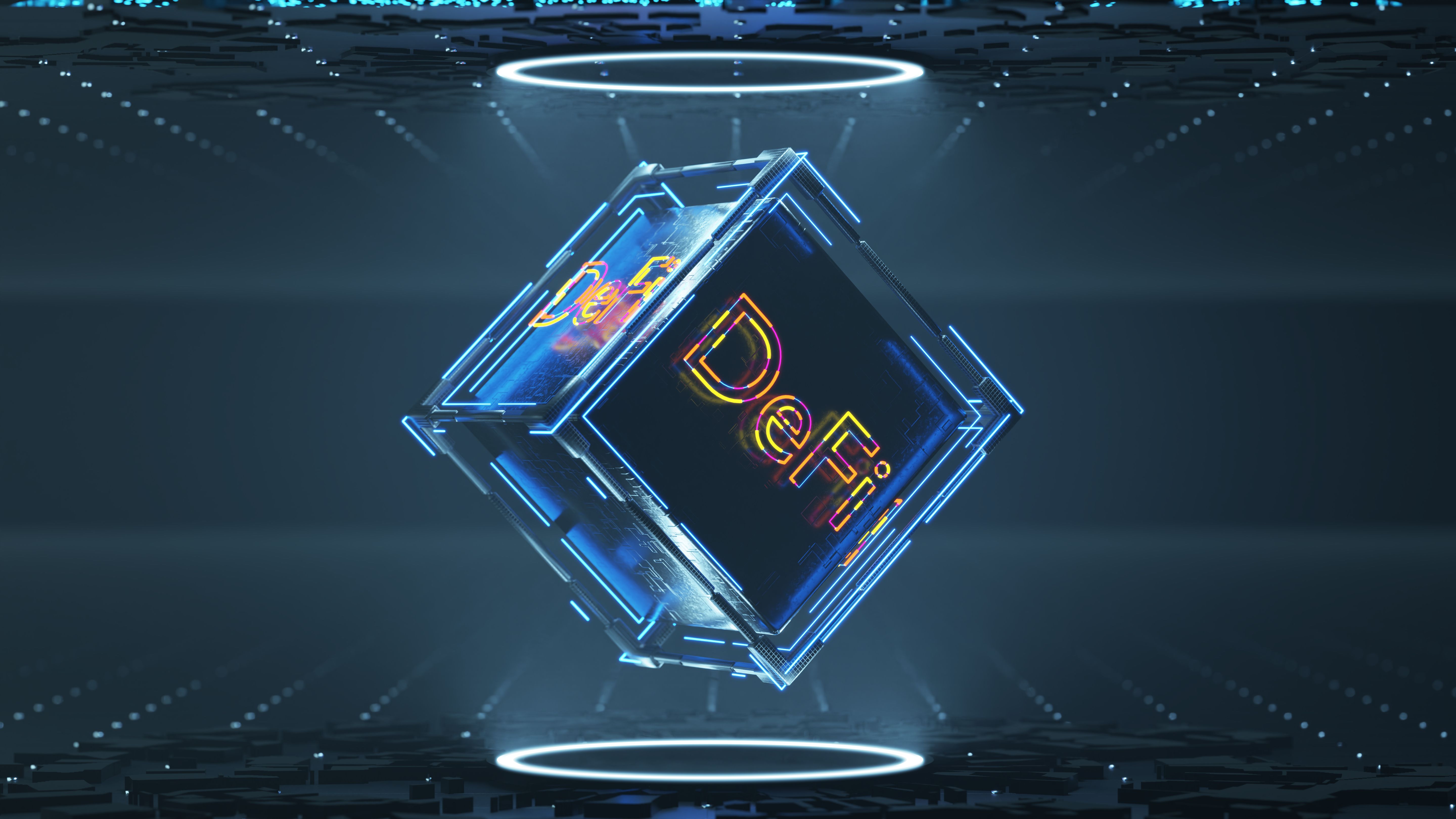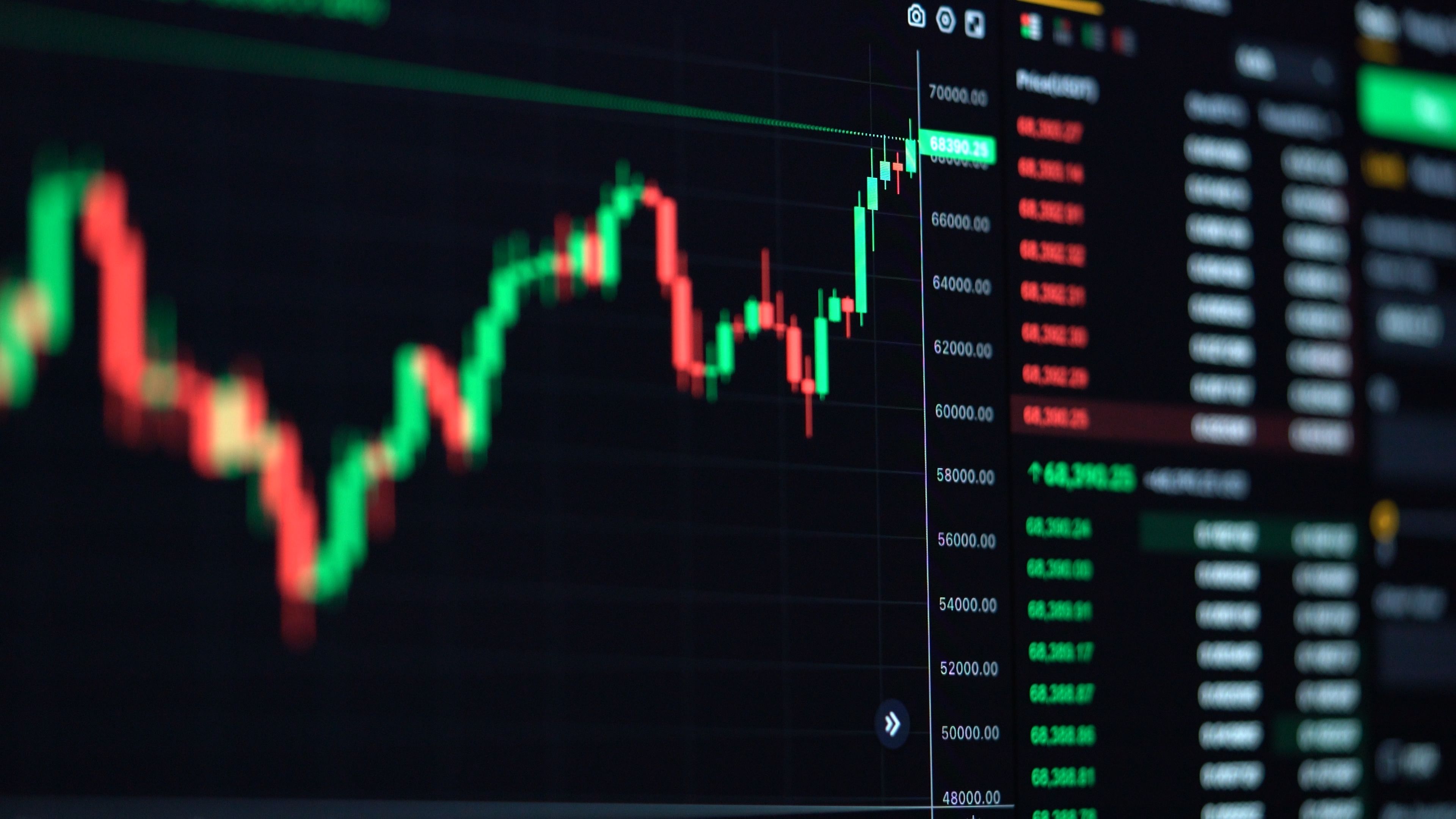Navigating DeFi: Opportunities and Risks Explained
Understanding DeFi
Decentralized Finance (DeFi) is reshaping the financial landscape by offering open, permissionless financial services through blockchain technology. Unlike traditional finance, DeFi operates without intermediaries, allowing users to borrow, lend, trade, and earn interest on digital assets seamlessly. This innovation is attracting a myriad of investors and enthusiasts eager to explore its potential.
One of the primary attractions of DeFi is its democratization of finance. Through smart contracts and decentralized applications (dApps), anyone with an internet connection can access a wide range of financial services previously reserved for those with access to traditional banking systems. This shift is empowering users globally and driving the rapid growth of the sector.

Opportunities in DeFi
The opportunities in DeFi are vast and varied. One of the most popular aspects is yield farming, where users provide liquidity to DeFi protocols and earn rewards in return. This can result in substantial returns, far exceeding those offered by conventional savings accounts.
Another opportunity lies in decentralized exchanges (DEXs), which allow users to trade cryptocurrencies directly with one another. DEXs eliminate the need for third parties, reducing fees and increasing transaction speed. Furthermore, DeFi lending platforms provide a novel way for individuals to borrow and lend assets without traditional credit checks.

Tokenization and Asset Management
DeFi also enables the tokenization of real-world assets, such as real estate or art. This process allows these assets to be traded on blockchain platforms, increasing liquidity and making them accessible to a broader audience. Asset management in DeFi can be automated through smart contracts, providing enhanced efficiency and transparency.
Risks Associated with DeFi
Despite its opportunities, DeFi is not without risks. The absence of regulation means that users are responsible for their own security, and smart contract vulnerabilities can lead to significant losses. Hackers frequently target DeFi platforms, exploiting coding errors or loopholes to steal funds.
Additionally, the volatile nature of cryptocurrencies can pose risks. Price fluctuations can significantly impact the value of assets held in DeFi protocols, potentially leading to unexpected losses. It's crucial for participants to conduct thorough research and understand the projects they are investing in to mitigate these risks.

Regulatory Concerns
Regulation is a double-edged sword in the DeFi landscape. While increased oversight could enhance security and consumer protection, it may also stifle innovation. The challenge lies in developing regulatory frameworks that safeguard users without hindering the sector's growth and potential.
The Future of DeFi
The future of DeFi is promising yet uncertain. As technology advances, we can expect more sophisticated financial products and services to emerge. Interoperability between different blockchain networks will likely improve, enhancing the efficiency and reach of DeFi applications.
In conclusion, while DeFi presents exciting opportunities for reshaping the financial world, it also comes with inherent risks that must be carefully managed. As the ecosystem matures, striking a balance between innovation and security will be paramount in ensuring its sustainable development.
